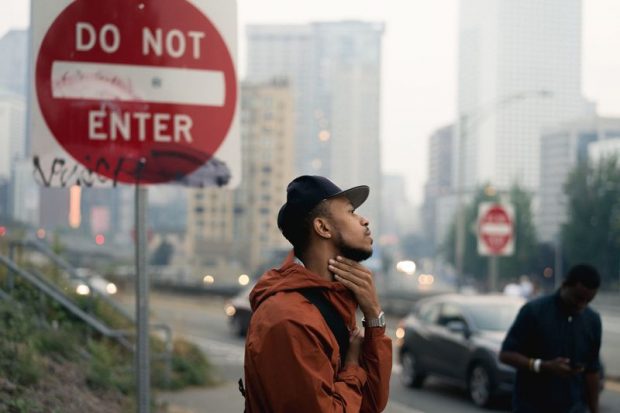Framing Streets - Questions
Wiki Article
Rumored Buzz on Framing Streets
Table of ContentsIndicators on Framing Streets You Need To KnowFraming Streets Can Be Fun For EveryoneThe 6-Second Trick For Framing StreetsIndicators on Framing Streets You Need To KnowHow Framing Streets can Save You Time, Stress, and Money.Framing Streets Can Be Fun For Anyone
, typically with the goal of capturing images at a decisive or emotional minute by careful framework and timing. https://detts-mccleocy-skath.yolasite.com/.
Getting My Framing Streets To Work
Susan Sontag, 1977 Road photography can concentrate on people and their habits in public. In this respect, the road photographer is comparable to social documentary photographers or photojournalists who likewise work in public areas, but with the goal of catching newsworthy occasions. Any of these digital photographers' images might capture individuals and residential or commercial property noticeable within or from public areas, which typically requires browsing honest problems and legislations of privacy, safety and security, and building.Depictions of daily public life form a genre in nearly every period of globe art, beginning in the pre-historic, Sumerian, Egyptian and early Buddhist art periods. Art taking care of the life of the street, whether within sights of cityscapes, or as the dominant motif, shows up in the West in the canon of the North Renaissance, Baroque, Rococo, of Romanticism, Realistic look, Impressionism and Post-Impressionism.
A Biased View of Framing Streets
Louis Daguerre: "Boulevard du Temple" (1838 or 1839) In 1838 or 1839 the very first photograph of figures in the street was videotaped by Louis-Jacques-Mand Daguerre in one of a pair of daguerreotype views drawn from his studio window of the Blvd du Holy place in Paris. The second, made at the height of the day, shows an unpopulated stretch of street, while the various other was taken at concerning 8:00 am, and as Beaumont Newhall reports, "The Blvd, so continuously loaded with a relocating bunch of pedestrians and carriages was flawlessly singular, except a person that was having his boots combed., who was motivated to take on a similar documentation of New York City. As the city created, Atget assisted to promote Parisian roads as a worthwhile topic for photography.

Some Of Framing Streets
The chief Mass-Observationists were anthropologist Tom Harrisson in Bolton and poet Charles Madge in London, and their initial record was produced as guide "May the Twelfth: Mass-Observation Day-Surveys 1937 by over 2 hundred onlookers" [] Window cleaner at Kottbusser Tor, Berlin, by Elsa Thiemann c. 1946 The post-war French Humanist College professional photographers discovered their topics on the street or in the bistro. In between 1946 and 1957 Le Groupe des XV annually displayed work of this kind. Andre Kertesz. Circus, Budapest, 19 May 1920 Road digital photography formed the major web content of two exhibitions at the Museum of Modern Art (Mo, MA) in New york city curated by Edward Steichen, 5 French Digital Photographers: Brassai; Cartier-Bresson, Doisneau, Ronis, Izis in 1951 to 1952, and Post-war European Digital Photography in 1953, which exported the concept of street digital photography worldwide.
The Single Strategy To Use For Framing Streets
The recording machine was 'a covert cam', a 35 mm Contax concealed underneath his coat, that was 'strapped to the chest and attached to a lengthy cable strung down the best sleeve'. His work had little contemporary effect as due to Evans' level of sensitivities regarding the originality of his project and the personal privacy of his topics, it was not released up until 1966, in the book Numerous Are Called, with an intro created by James Agee in 1940.Helen Levitt, then an this link instructor of little ones, associated with Evans in 193839. She recorded the temporal chalk illustrations - Lightroom presets that were part of youngsters's road society in New york city at the time, as well as the kids who made them. In July 1939, Mo, MA's new digital photography section included Levitt's work in its inaugural exhibitionRobert Frank's 1958 publication,, was considerable; raw and often out of focus, Frank's images examined traditional digital photography of the moment, "tested all the formal rules put down by Henri Cartier-Bresson and Walker Evans" and "flew in the face of the wholesome pictorialism and sincere photojournalism of American magazines like LIFE and Time".
Report this wiki page